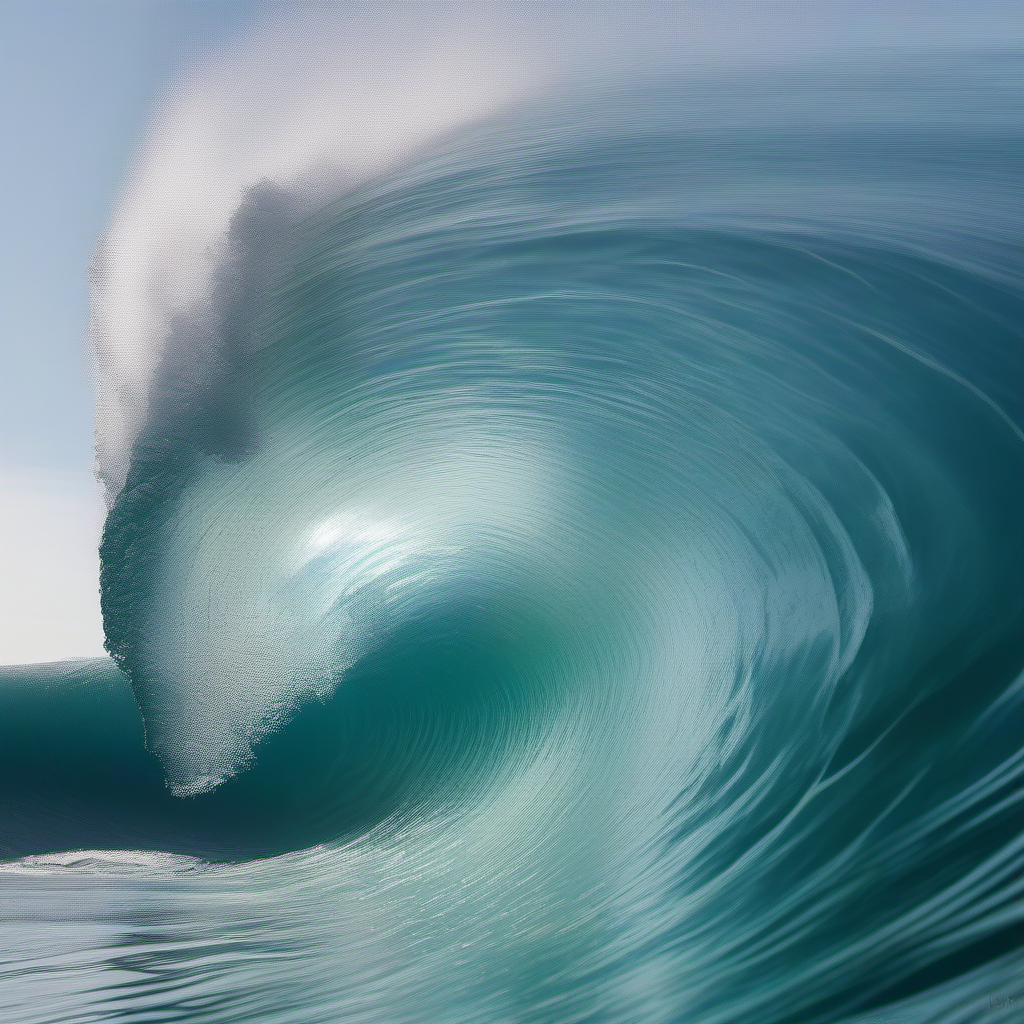Their fur is very dense, otter fur has more hairs per square inch than any other mammal, a million per square inch, like a hundred times what humans have. The oils excreted into their fur creates a hydrophobic layer that keeps the water on the outside. It’s in nowhere near shark skin (which exhibits incredibe hydrodynamics, like we’re studying it in labs to better improve aerodynamics of cars and planes, a single bite of food is enough to get a great white shark from California to Japan their skin is so efficient at moving through water), but it’s very good at keeping the water out and their movement efficient, their hair does not cause Resistance like human hair does. Our hair hangs out and gets water in it and creates drag, otter hair seals itself around the meat and creates a cylinder, keeping happy warm dry otter inside.
I got the treat of touching/petting a wild otter while it was sedated, it’s on of my top 10 experiences. It was not a happy camper when it woke up. It had to be in an ice bath while sedated otherwise it’s hair/fur coat would’ve caused it to overheat while being knocked out because it is incapable of homeostatic regulation while sedated. When it woke up it was a wild otter in an ice bath, lil (haha, huge actually) dude was pissed.
Huh, thanks for the detailed reply! I suspected some of them must have something extra going on to help their time in the water, but wouldn’t have thought this!
Were you able to feel how dry the otter was through the sealed fur, or was it sealed enough that you couldn’t really tell?
I’ve never felt one under water, nor did I try to go skin deep when I had my opportunity, but I would guess they’re pretty dry under there, I couldn’t say for sure though.
Fully-aquatic mammals that I can think of, like whales or dolphins, aren’t furry, so I’d say that while fur may be a net positive for animals that spend some time out of the water, it’s probably not because of their time in the water.
It’ll increase drag, which means that they have to expend more energy to move through the water.
It might have some insulation benefit, but I’m not sure how significant that is in water, and I’d guess that fat is probably preferable in that case.
My guess is that the main benefit is for outside water.
First, thermal insulation, where the fur limits convection of air, so you get air pockets, which doesn’t conduct well.
Second, as a disposable, dead layer, it also provides protection against UV light and such. We don’t think of living out of water under the direct radiation from the sun as being particularly difficult or the environment harsh, because we casually do it every day, but it was a very hard problem for life to solve.
https://en.wikipedia.org/wiki/History_of_life
Earth formed about 4.5 billion years ago (abbreviated as Ga, for gigaannum) and evidence suggests that life emerged prior to 3.7 Ga.
So it took less than a billion years for self-replicating life to arise on Earth in the oceans.
But it took about three billion years after that for that life to be able to survive outside of the oceans.
https://en.wikipedia.org/wiki/Ourasphaira_giraldae
Ourasphaira giraldae is an extinct process-bearing multicellular eukaryotic microorganism. Corentin Loron argues that it was an early fungus. It existed approximately a billion years ago during the time of the transition from the Mesoproterozoic to Neoproterozoic periods, and was unearthed in the Amundsen Basin in the Canadian Arctic. This fungus may have existed on land well before plants.
I know that when people are moving dolphins and whales around, they keep them covered, partly to keep them wet, but also because they will suffer badly from sunburn if not done. This dolphin had a lot of its skin get destroyed and fall off its body after being exposed to the sun for some hours:
Can animals get sunburn?
Yes – and marine mammals are more susceptible to sunburn than most other animals, because they don’t have fur, feathers or scales to protect them.
Dolphins and whales rely on being underwater for a lot of the time to combat the effects of the sun. .
Second, as a disposable, dead layer, it also provides protection against UV light and such. We don’t think of living out of water under the direct radiation from the sun as being particularly difficult or the environment harsh, because we casually do it every day, but it was a very hard problem for life to solve.
Oh yeah, that’s a good point! I’d typically be more concerned with the drying out part for a lot of aquatic life, forgetting about the UV exposure issues.
I know otters blow bubbles into their fur to isolate themselves, but this also makes them extra buoyant. For the babies this is quite handy (less drowning etc) but for adults idk if it really helps.
It really depends on the fur texture probably, seals are also coated in fur but streamlined to perfection.
Bit of a guess but I can only think hurts specifically for swimming. The fur is there to insulate when they are on land.



